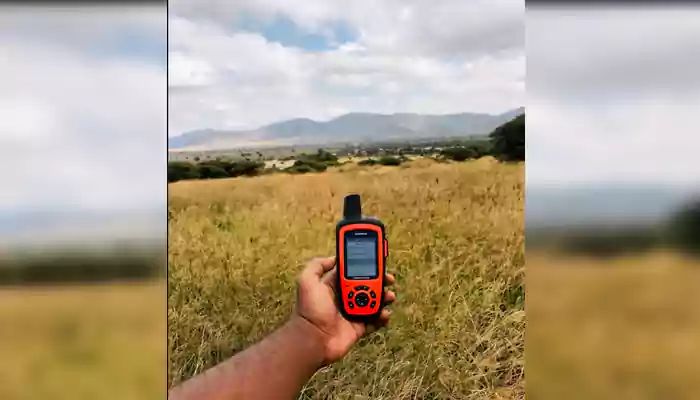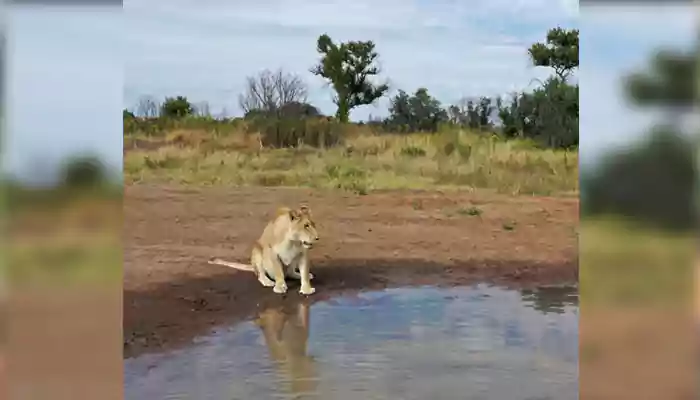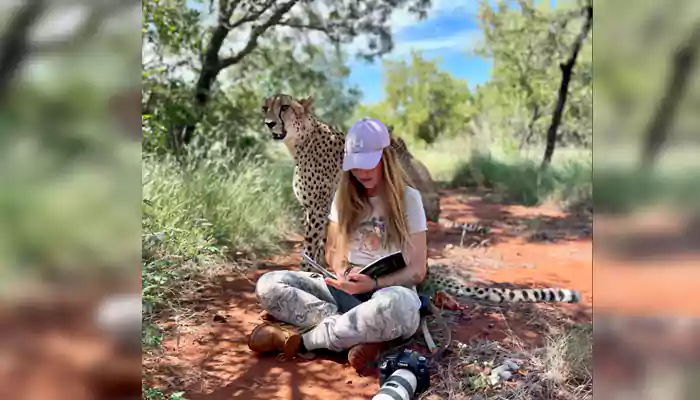
Get over from pug marks and camera traps, digital innovations are currently shaping wildlife conservation in evolving world.
The world hosts a wide array of natural habitats. However, global environmental changes like land usage, deforestation, desertification accompanied by climate change, have a detrimental effect on the animal life.
We are experiencing a changing world, a global digital transformation now. In the last five years, there is a 45 % increase in online traffic as more people are dependent on internet. The effective use of digital technologies in wildlife is a must as animal kingdom is facing a huge threat. As per recent reports, over 1200 mammal species, 2385 fish species, 2100 reptile species, and 1469 bird species are facing danger of extinction.
By using advanced technologies, more data-driven and efficient research and communication can be established. This may help in easy information sharing, monitoring, and evaluating wildlife population.
The Secretariat of the Convention on International Trade in Endangered Species of Wild Fauna and Flora (CITES) has announced the theme of the United Nations World Wildlife Day 2024: “Connecting People and Planet: Exploring Digital Innovation in Wildlife Conservation.”
On this wildlife conservation day, we will discuss about those digital innovations and how they are transforming the conservation efforts.

Geographic information systems (GIS):
These are computer-based tools for storing, visualising, analysing and interpreting geographic data. It plays an important role in making decisions about wildlife protection, mostly habitat management. This is accompanied by Remote sensing, which captures high-resolution images of any place from remote distance. This helps conservationists to observe wildlife and monitor illegal mining, as well as quickly identifying causes of deforestation, and so on.
Drones:
These Unmanned aerial vehicles (UAV) or drones, are useful in picking up signals from the ground and collecting images of wildlife. With advanced hydrophones, they can collect high-resolution acoustic data too. Now, thermal drones are also available for better surveillance. From tracking endangered species, observing habitats, to spotting unlawful hunting, drones have been extremely effective.

Acoustic monitoring:
This is a well established method to observe wildlife, however, current technological advancements have made that acoustic monitoring devices more durable and portable.
Environmental DNA & genomics:
Conservationists are using environmental DNA (eDNA) samples to collect biological data from soil and water. These eDNA is effective in revealing the presence of unobserved species, improving protection efforts.
(Video courtesy: @ yaguara panama Instagram handle)
Sensor Technologies:
Sensors have a vast range of uses in different industries. For wildlife conservation initiatives, there are some Anti-poaching transmitters, which are attached to animal’s body to track its position and movements. These transmitters provide real-time data to detect sudden danger. Nowadays, wildlife conservation specialists are using Smart Collars with GPS and accelerometer technology. This tracks daily activities and behaviors of the animal.
Artificial Intelligence & machine learning:
The growth of artificial intelligence is known to all. To determine the conservation efforts, new predictive analytics softwares have been developed to gather a vast complex information about wildlife. At initial stage, it helps in predicting wildfire, easy gateway for poachers, and so on. AI models are effectively analysing change in temperature or smoke, detected through thermal infrared sensors. Even, it has been a powerful tool for predicting water crisis and threat of marine organisms. Combined efforts of AI and ML can forecast the unprecedented severity of the crisis.

Mobile apps:
The conservation tech community is currently using different software and apps for specific requirements of species and habitat. They play an important role for collecting and analysing data, reporting wildlife crime as well as promoting awareness.
Modern technology provides humanity with the potential to improve the landscape of conservation. However, this is incomplete without collaboration between public and government. More user-friendly technologies. support of governments, philanthropists as well as private sector must work together for a better future.












.webp)